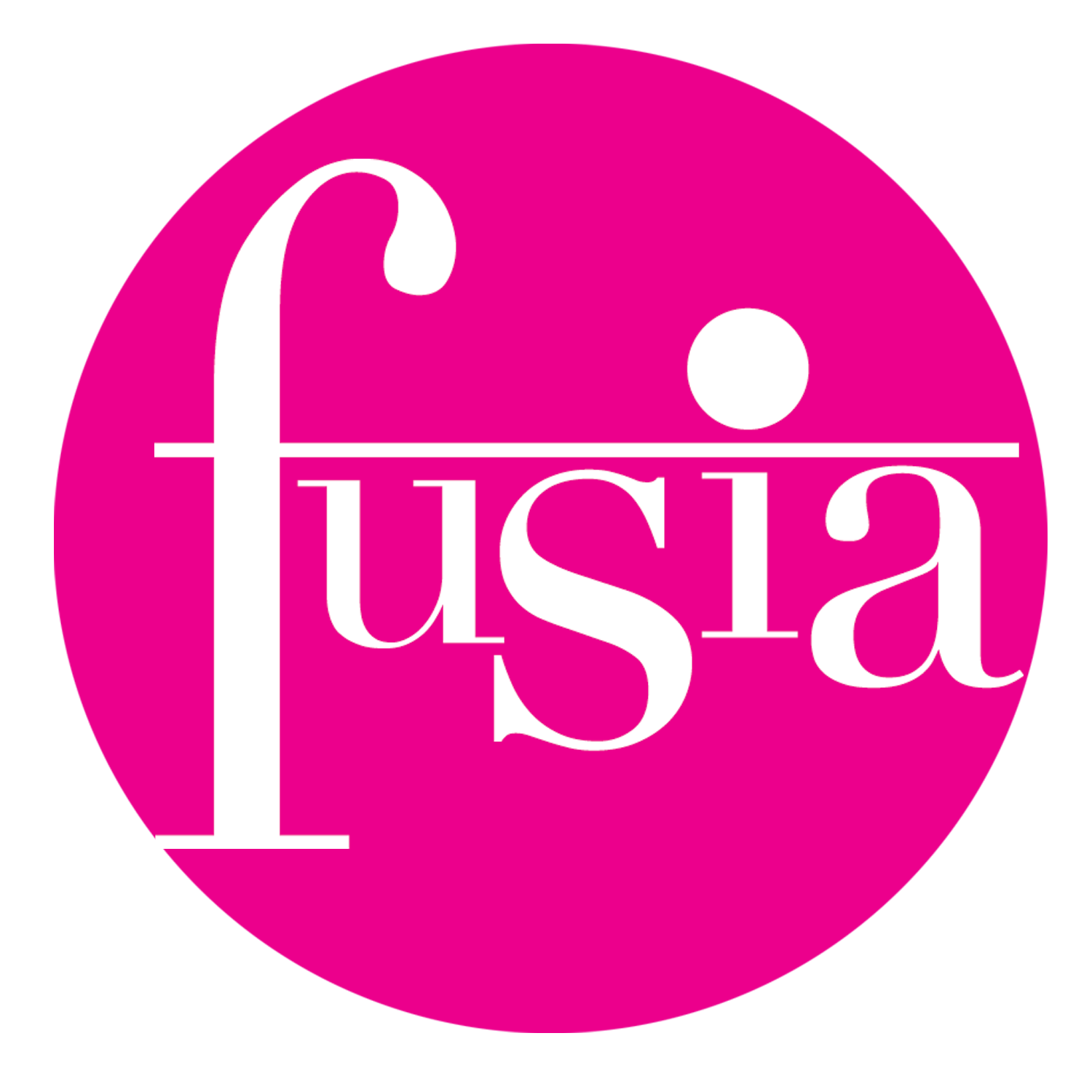What is the National Day of Truth & Reconciliation?
Posted on September 30, 2021 | by Aqleema Anwar
For many Canadians, September 30th marks a new federal holiday. On this first annual National Day of Truth & Reconciliation take some time to understand the significance of the day and why we are observing it. This is not just another day off, this should hold meaning for us all.
image source: canada.ca
What is it?
The National Day of Truth & Reconciliation was introduced into legislation to honour the lost children, survivors, their families, and the communities of residential schools. The day was created in direct response to a call to action by the Truth & Reconciliation Commission (2008-2015). The Commission was created to provide those affected by residential schools with an opportunity to share their stories.
What are Residential Schools:
As an attempt to assimilate Indigenous children into Canadian society, the Canadian government and Christian churches created residential schools. Instead of having a positive impact, the schools caused long-term problems and resulted in a disruption in lives and Indigenous communities. The first residential school in Canada, the Mohawk Institute started boarding students in 1831 and the last school closed in 1998; a total of 140 schools were federally run during that time. Recent news stories have shed more light on the horrific conditions at the schools with the discoveries of 1300 unmarked graves, a number the Truth & Reconciliation Commission estimates to reach close to 3200.
Suggestions on How to Honour the Day:
Orange Shirt Day – The colour represents the story of Phyllis (Jack) Webstad’s story of her first day at a residential school as a 6-year-old, when her new orange shirt, bought for her by her grandmother, was taken from her. The date represents the time of year that children were taken from their families every year.
Be a true ally; and that means (but is not inclusive to)
Listening to and following the community
Centering stories around the community
Knowing the history of the community
Seeking consent and permission when representing the community
Standing in solidarity
Having open and honest conversations with your children
Taking action beyond a singular day
Educate yourself – Here are some great resources if you don’t know where to start:
LATEST
























